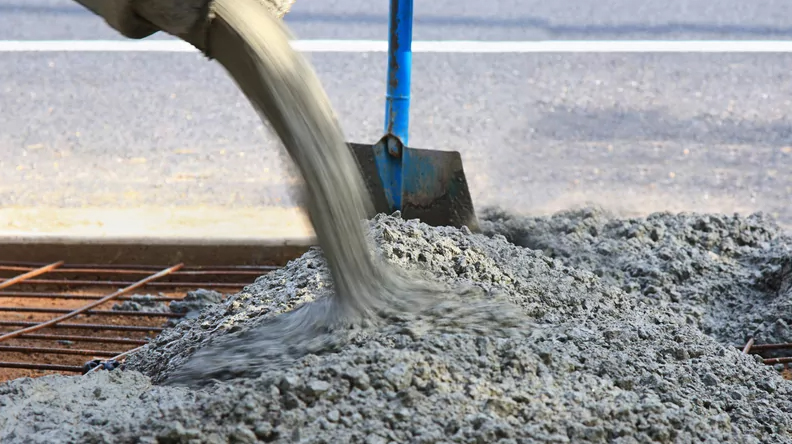How concrete acts as a carbon sink
21 Feb 2022
Published online: Construction Managment, February 2022
A new study looks at how the material absorbs CO2, writes Elaine Toogood. Carbonation is a process where concrete naturally absorbs carbon dioxide from the atmosphere throughout its lifetime, at end of life and in secondary use.
In August 2021, the UN acknowledged for the first time that this uptake of CO2 in concrete infrastructure is a form of sequestration that balances a significant proportion of carbonate emissions over the life cycle.
The UK government has since recognised the need to measure and understand the process of carbonation and appointed the Mineral Products Association (MPA) in December to research its impact across the built environment. Our initial assessment is that, nationally, concrete carbonation would contribute a 12% reduction in emissions compared to 2018 levels, taking the industry beyond net zero.
We need to understand carbonation to maximise its benefits in the design and construction of our buildings, although it’s important to be clear that the UK carbon and cement industry is not relying on carbonation alone to meet net zero commitments.
The UK will become the second country after Sweden to develop a model of accurate calculation of carbonation at a national level. This research will help greenhouse gas accounting and provide an accurate assessment of carbonation across the life cycle of the built environment.
Written by Elaine Toogood is head of architecture at the Concrete Centre
